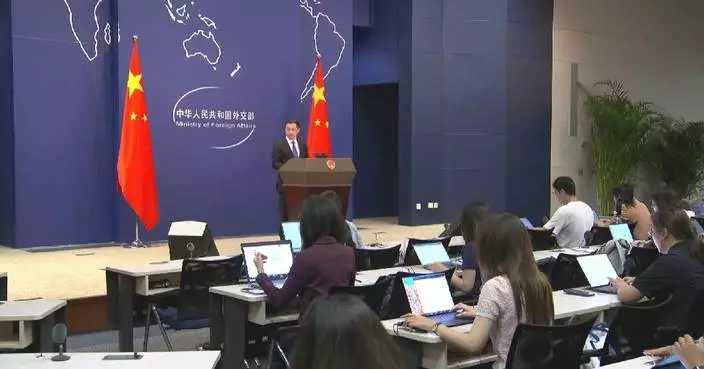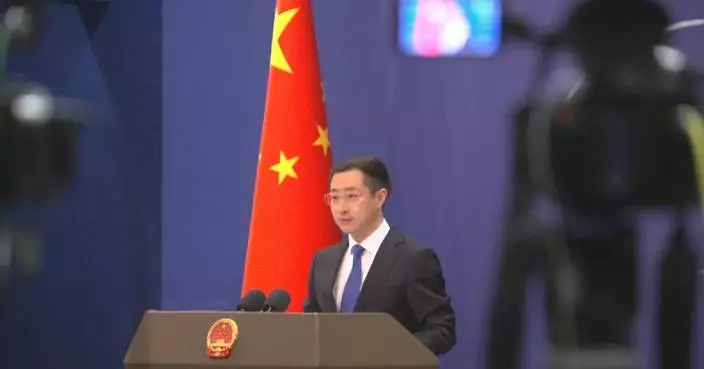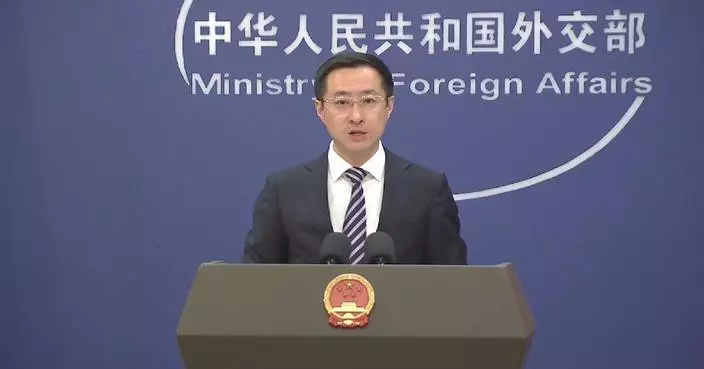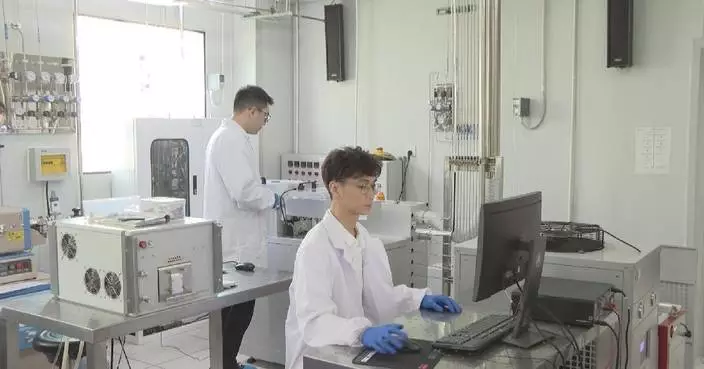A lantern fair marking the upcoming Mid-Autumn Festival and National Day opened at the Garden Expo Park in Beijing on Sunday.
Running through this month, the lantern fair covers an area of more than 40 hectares with nine themed sections, including "beautiful landscapes", "Beijing culture", and "colorful childhood".
As the largest lantern fair ever held in Beijing, the event presents more than 200 sets of lanterns, including 75 large and medium-sized ones, and 100,000 vibrant decorations such as "Blossoms and Moonlight", "Panda Paradise", and "Bright Moon over the Lugou Bridge".
"I've seen many characteristic exhibits related to Beijing's culture and the Winter Olympics. It's even more magnificent than I imagined. I've never seen so large a lantern fair," said Tian Qing, a visitor.
The fair also has a street that provides a wide variety of dining options, themed activities and traditional stores.
"I'm here to appreciate the various kinds of lanterns on show and see if there are any new and innovative lanterns. Besides, there's also a snack street, so I've taken children and seniors here to enjoy the snacks," said another visitor.
Also on display are lanterns from Zigong, known as the "city of a thousand lights", for its history of lantern-making that dates back more than 1,000 years.
"We have taken into consideration the comfort and visual experience of visitors and the richness of content to make the lantern fair a place where visitors can feel the joy, the happiness and the festive vibe of family reunion," said Shen Hongyue, president of the Zigong Lantern Industry Association.
The Mid-Autumn Festival, celebrated on the 15th day of the eighth month in the Chinese lunar calendar, is a cherished occasion for family reunions in China. It falls on September 17 this year.
The National Day falls on October 1.
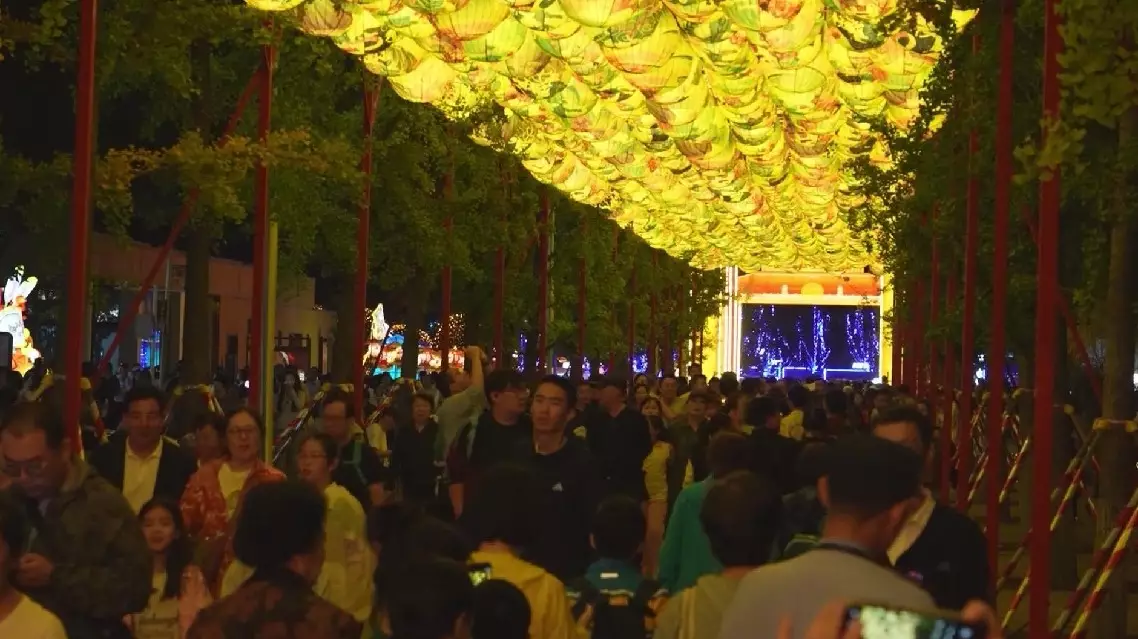
Largest-ever lantern fair held in Beijing for Mid-Autumn Festival, National Day
With dramyin lute and cymbals in hand and dressed in colorful traditional costume, 17-year-old Tenzin Norbu is among the proud youngsters in southwest China's Xizang Autonomous Region who have been helping preserve the centuries-old Tibetan opera, a multifaceted representative of Tibetan art and cultural heritage. Considered a living fossil of Tibetan culture, Tibetan opera is a comprehensive art combining folk songs, dance, storytelling, chant, acrobatics and religious performance. It was included on the UNESCO Representative List of the Intangible Cultural Heritage of Humanity in 2009.
Tenzin grew up listening to Tibetan opera along with his grandmother. The beat of the drum marked the rhythm of his childhood and quietly planted the seed of a dream.
The teenager leads a youth Tibetan opera troupe and guides his peers onto the very stage they once only dreamed of. He named it "Phudor Youth Tibetan Opera Troupe", because "Phudor" means "dream" in the Tibetan language.
"There are about 24 members in the troupe," said the teenager.
Tenzin once received a very special invitation to perform Tibetan opera for the opening ceremony of an art festival in Lhasa.
Although both their parents and teachers felt it's important for the children to be exposed to traditional culture from a young age, they didn't want it to affect their schoolwork.
The performance they were getting ready for was the first Sweet Tea House Art Festival, the troupe's very first public appearance. It's a rare opportunity for the children -- one too precious for them to pass up. But with their parents growing anxious about preparation for the performance eating into valuable study time, the children opted to rehearse in secret at weekends. Tenzin's family runs a tailor's shop. His father, who is hearing- and speech-impaired, is a superb tailor, while his mother helps him out by dealing with customers. Tenzin enjoyed Tibetan opera with his grandmother during childhood and later learned more about it from his uncle.
"Whenever I'm not feeling good, I'll take out the dramyin lute and the cymbals. When I hear the drumbeat, I get a feeling of elation that's simply indescribable," he said.
When Tenzin finally stepped onto the stage at the festival, he noticed that his parents were not in the audience. "My parents didn't have time to come to see my performance. But they always support me. They work hard every day, also for my sake. So, I'm happy whether they were here or not as long as I can keep performing Tibetan opera," said the youngster, believing that his passion for Tibetan opera will last a lifetime.
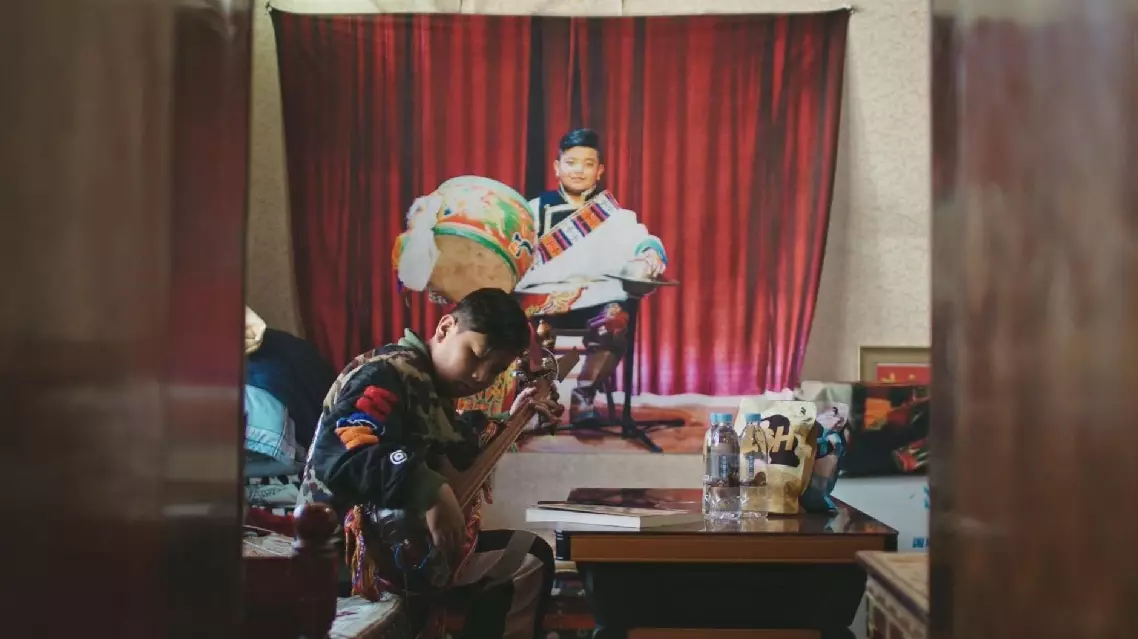
Childhood dream takes local boy onto Tibetan opera stage





